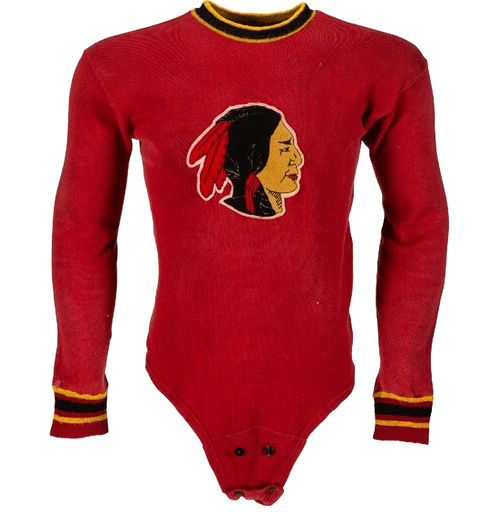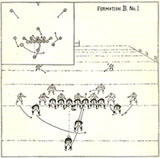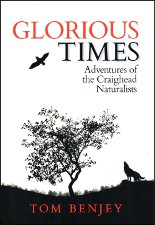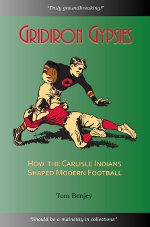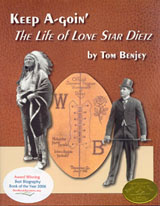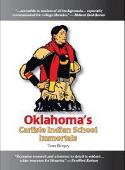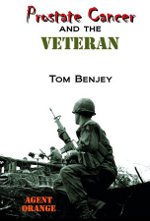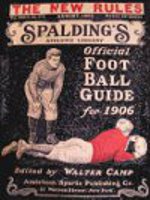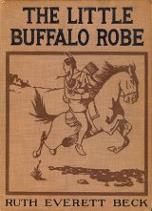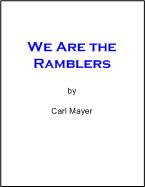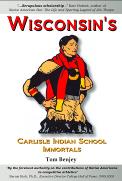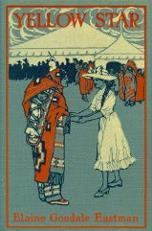
Kerry Byrnes has written a most interesting article about how John Two Guns White Calf, whose image adorned Washington Redskins helmets and logos starting in 1972 before being canceled in 2020. The entire article can be found here:
One thing I learned was that NCAI, the organization that got the Redskins name canceled, is funded by George Soros. Soros is the person who funded numerous candidates for Attorney General and District Attorney offices. Those people are the ones who have created havoc in their cities and states by refusing to charge criminals with serious crimes and to release them without bail if they get arrested.
I enjoyed reading Byrnes’ article because, on the whole, it is accurate where most pieces on the Redskins or Carlisle Indian School are not. However, one sentence is incorrect: “The franchise changed its name to the Boston Redskins as a tribute to their hosts and to maintain their Tammany identity and uniforms.” This error regarding the uniforms was previously promulgated in a Boston newspaper (the Globe if I recall correctly) in an attempt to smear owner George Preston Marshall for being cheap.
The 1932 Boston Braves wore plain blue jerseys with gold numerals. The 1933 Boston Redskins sported maroon uniforms with an Indian head on the front with gold stripes on the collar and wrists. Because the new team colors were so similar to those of Carlisle Indian School (red and old gold) and that Head Coach Lone Star Dietz was also an artist, he may have designed the new uniforms. He borrowed the idea of putting an Indian head on the front of the jerseys from the Chicago Blackhawks ice hockey team. He probably used the same Tammany image as had been used on the Braves letterhead (but not on their uniforms). The Redskins were forced to wear the old Braves uniforms the first week of the season because their new ones hadn’t arrived yet.














